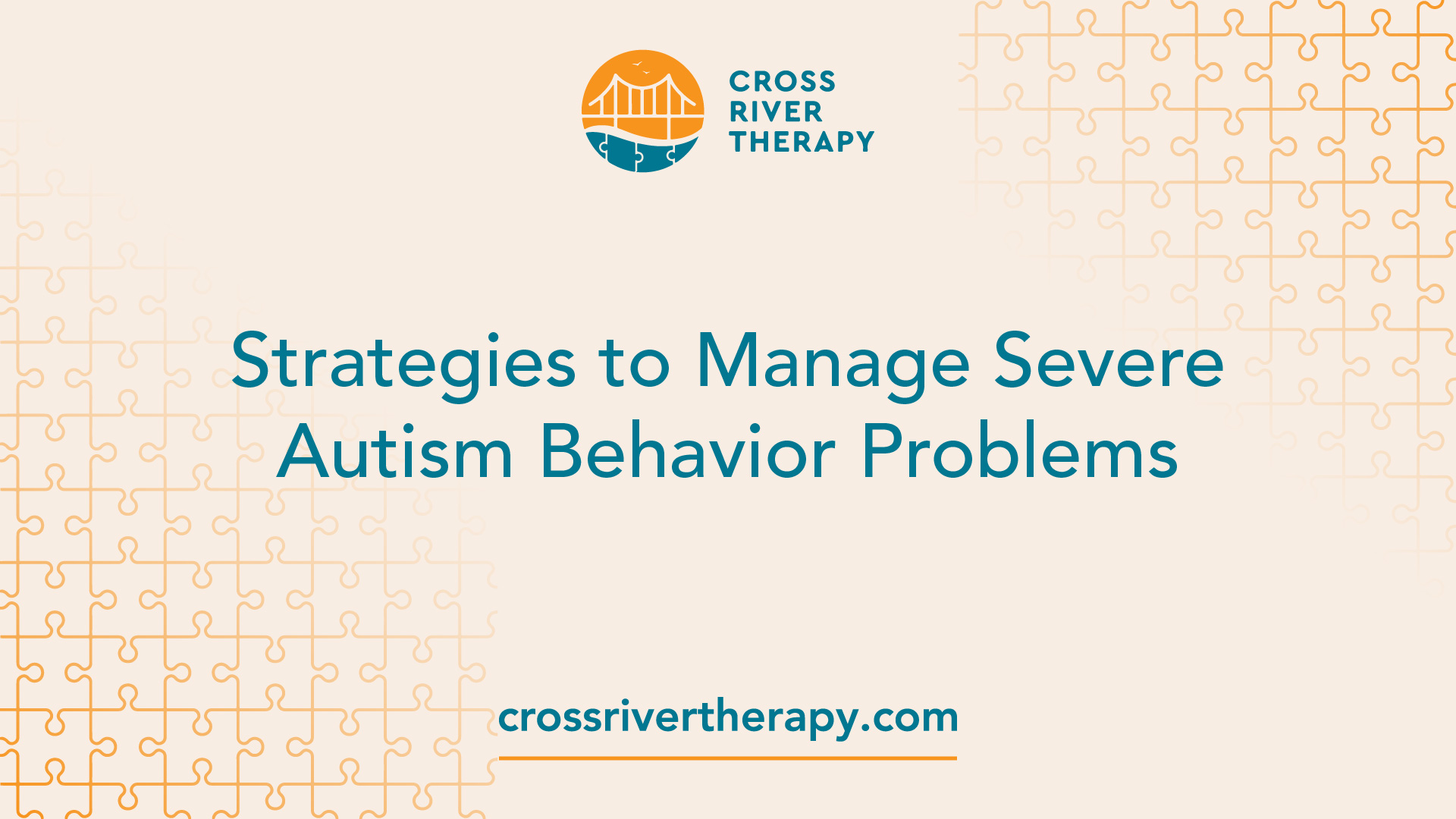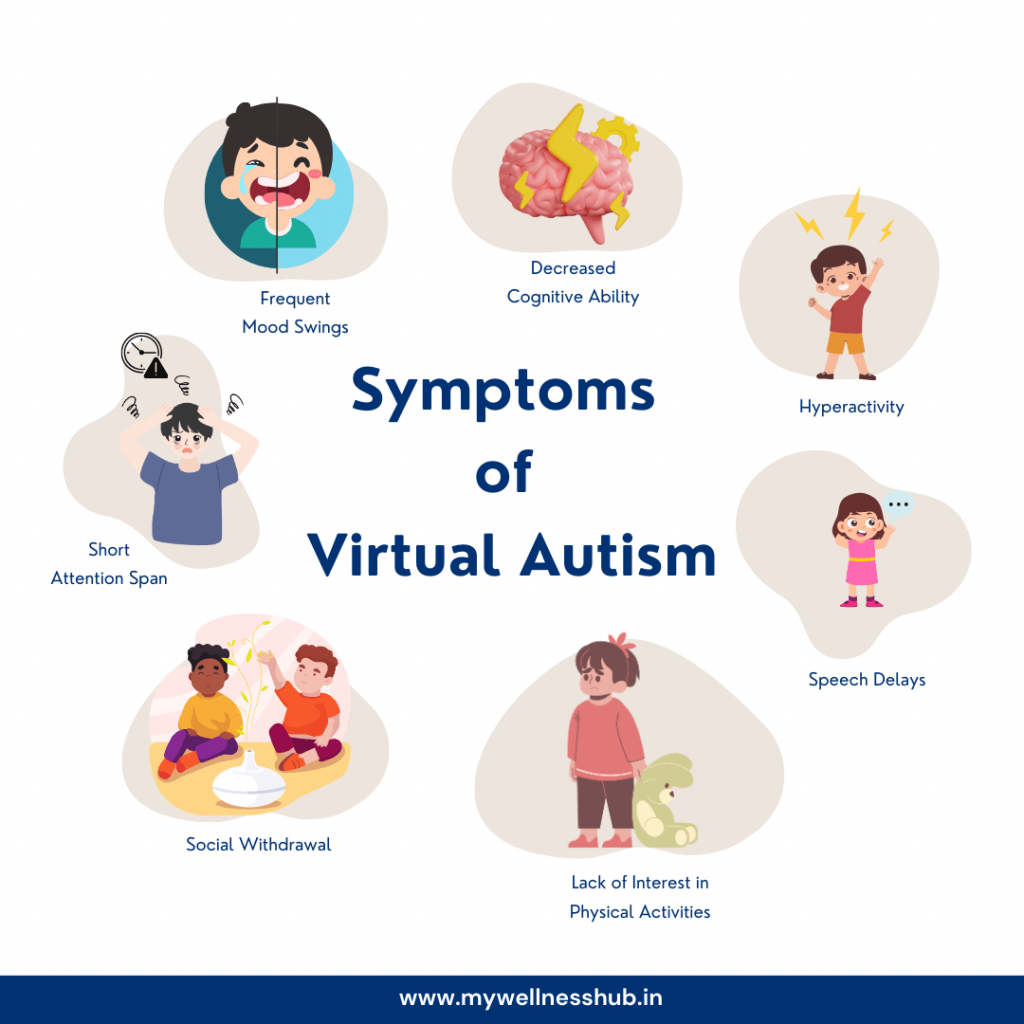Can Autism Spectrum Therapies help with developing independence in teens with ASD?
Can Autism Spectrum Therapies help with developing independence in teens with ASD?
Blog Article
Understanding the Influence of Behavioral Autism on Daily Life and Social Interactions
You could not recognize exactly how deeply behavioral autism affects life and social communications. People on the spectrum typically navigate a globe filled with communication difficulties and sensory overload. These obstacles can bring about irritation and seclusion, affecting their partnerships and overall wellness. Understanding these subtleties is important for promoting supportive atmospheres. What approaches can we apply to create even more comprehensive spaces and purposeful links? The answers could shock you.
Defining Behavioral Autism and Its Characteristics
Behavioral autism, frequently described as autism spectrum disorder (ASD), incorporates a variety of conditions characterized by obstacles in social interaction, interaction, and repetitive behaviors. You could notice that people with ASD commonly battle to analyze social hints, which can result in misunderstandings in discussions. They might locate it difficult to establish eye contact or participate in little talk, making social situations really feel overwhelming.
Interaction problems can show up in various methods, from postponed speech development to a preference for utilizing less words. Recurring habits, such as hand-flapping or rocking, can function as coping mechanisms to take care of stress or sensory overload. These characteristics can profoundly influence life, making it vital for you to recognize and sustain those with ASD. By identifying these qualities, you can cultivate an environment that promotes acceptance and encourages efficient interaction, aiding people with autism grow in their daily communications.
The Spectrum of Autism: Comprehending Irregularity in Actions
Autism spectrum condition (ASD) isn't a one-size-fits-all medical diagnosis; it varies widely amongst individuals. You may experience individuals that are extremely verbal and involve conveniently in discussions, while others could like singular tasks or connect non-verbally.
In addition, the means individuals with ASD react to sensory input can differ greatly; some could be bewildered by bright lights or loud noises, whereas others flourish in stimulating settings. The range also consists of differences in social interactions; some people may battle to translate social cues, while others browse social settings with loved one simplicity. Comprehending this variability is important, as it aids you appreciate each person's unique experience and dressmaker support to their details requirements, fostering an extra comprehensive environment for everybody.
Communication Challenges Faced by People With Autism
When you communicate with people on the autism spectrum, you may see their special communication difficulties. They usually face problems with both spoken and nonverbal signs, which can affect their social communications. Comprehending these barriers is crucial for fostering far better links and assistance.

Verbal Interaction Difficulties
Lots of individuals on the autism range experience spoken interaction troubles that can considerably impact their daily communications. Your tone, speed, or quantity may not align with social expectations, creating others to misunderstand your objectives. Acknowledging these challenges can help you and your assistance network develop techniques to enhance interaction and foster much better connections with others in your day-to-day life.
Nonverbal Interaction Barriers
Spoken communication isn't the only difficulty individuals on the autism spectrum face; nonverbal communication obstacles can be equally as significant. You could find it hard to interpret body language, facial expressions, and eye contact, which are vital for reliable communication. These obstacles can lead to misunderstandings or false impressions of social cues, making communications really feel overwhelming or confusing. You may struggle to reveal your own feelings with nonverbal methods, leaving others not sure of your objectives or feelings. This disconnect can create feelings of seclusion and aggravation. Acknowledging these barriers is vital for promoting understanding and compassion in your interactions. By resolving nonverbal interaction, you can find approaches to enhance your social experiences and boost your overall quality of life.
Social Communication Impacts
Social communications can often really feel overwhelming due to the one-of-a-kind communication obstacles encountered by people with autism. You could have a hard time with translating social signs, making it difficult to comprehend mockery or body language. This can result in misunderstandings or uncomfortable moments in discussions. Furthermore, starting and keeping discussions may feel challenging, causing stress and anxiety in social circumstances. You may prefer structured environments, making spontaneous communications uncomfortable. It's also common to experience trouble in participating in small talk, which can impede forming new relationships. Recognizing these challenges can help you locate strategies to improve communication, such as practicing social skills in secure settings or using visual aids - Aba Therapist. Comprehending your needs allows you to browse social interactions with higher confidence and ease.
Social Communication and Partnership Structure in Autism
While building partnerships can be testing for individuals with autism, recognizing their special viewpoints and communication designs can promote meaningful links. You may notice that several individuals on the spectrum favor direct interaction and may deal with social signs or little talk. By being straightforward in your communications, you can help produce an environment where they really feel comfy.
Involving in shared interests can also offer as a bridge to much deeper links. Whether it's a leisure activity, a preferred show, or a shared enthusiasm, these common strings can open up doors to relationship.
Life Routine: Browsing Methods and challenges
Maneuvering day-to-day live regimens can be particularly challenging for people with autism, particularly when unforeseen modifications happen. You might discover convenience in having an organized timetable, as it assists you anticipate what's following. When disruptions happen, it's typical to really feel anxious or overwhelmed. To browse these challenges, consider executing visual schedules or checklists. These tools can offer clarity and peace of mind.
Establishing a regimen that includes sensory breaks can additionally be helpful. This helps develop an understanding atmosphere.
Lastly, practice mindfulness strategies to handle anxiety and anxiousness. Straightforward breathing workouts or grounding strategies can make a substantial difference. By integrating these techniques, you can improve your day-to-day regimen and reduce disturbances, making life really feel a lot more workable.
Staminas and Capabilities of Individuals on the Autism Spectrum
Recognizing daily life routines is just one aspect of the autism experience. Lots of people on the autism range have amazing staminas and capacities that establish them apart.
Additionally, your memory abilities often radiate, especially in areas of rate of interest. Aba Therapist. This knack for retaining information can make you a beneficial source in areas like modern technology, art, or scientific research. You may also display strong visual thinking, enabling you to imagine complicated ideas and fix issues creatively
In addition, your special viewpoint on the globe can promote empathy and understanding in others, improving social communications. Accepting these staminas not only boosts your confidence yet additionally assists others value the diverse talents you give the table.
Creating Inclusive Environments for People With Autism
Producing inclusive settings for individuals with autism starts with creating sensory-friendly areas that accommodate their one-of-a-kind demands. You can additionally cultivate possibilities for social interaction, helping to construct connections and friendships. By making these changes, you'll add to check that a much more welcoming atmosphere for every person.
Designing Sensory-Friendly Spaces
While making sensory-friendly areas, it's vital to mirror on the unique demands of individuals with autism. Start by selecting calming shades and soft illumination to create a calming setting. When bewildered, integrate quiet zones where individuals can recharge and retreat. You'll intend to minimize loud noises and interruptions, making use of soundproof products or white noise devices to help maintain harmony. Consider responsive aspects like soft materials or fidget-friendly items that can give convenience. Determine that spaces are flexible, enabling simple rearrangement to suit various tasks. Include aesthetic timetables or clear signs to aid people browse the area with confidence. By thoughtfully incorporating these aspects, you can create an inviting environment that sustains sensory requirements and like it promotes total health.
Promoting Social Communication Opportunities
Creating sensory-friendly areas not only addresses individual comfort but likewise sets the stage for significant social interactions amongst people with autism. Urge peer mentoring, combining people with autism with helpful peers who can lead them with social circumstances. By applying these strategies, you can boost social opportunities, assisting people with autism develop relationships and reinforce their social skills in a risk-free, welcoming atmosphere.

Often Asked Questions
How Can Pals Assistance Someone With Behavioral Autism?
You can support a friend with behavioral autism by being individual, listening actively, and respecting their borders. Involve in activities they appreciate, communicate openly, and create a comfortable atmosphere where they really feel valued and recognized.
What Resources Are Offered for Moms And Dads of Kid With Autism?
You can check out various resources for parents of children with autism, including support system, instructional internet sites, and neighborhood social work. Getting in touch with other moms and dads can additionally offer important understandings and shared experiences to help browse difficulties.
Can Behavioral Autism Modification With Time?

Yes, behavior autism can alter over time. You could observe shifts in communication, social abilities, and behavior as your kid expands. Early intervention and support usually play vital duties in these developmental changes.
How Do Sensory Sensitivities Influence Daily Life?
Sensory sensitivities can make day-to-day experiences frustrating. You might deal with brilliant lights or loud noises, bring about anxiety or evasion. Finding settings that accommodate your requirements can significantly enhance your convenience and general every day life.
What Are Typical Misconceptions About Behavioral Autism?
You may believe behavioral autism just influences communication abilities, but it's even more complex. Numerous think people do not have empathy or intelligence, which isn't real. Understanding these misconceptions assists foster approval and assistance for those on the spectrum.
Behavioral autism, often referred to as autism spectrum disorder (ASD), includes a variety of conditions defined by obstacles in social communication, interaction, and repetitive habits.Social communications can usually really feel overwhelming due to the distinct communication challenges faced by individuals with autism.Designing sensory-friendly spaces not only addresses individual comfort however likewise establishes the stage for meaningful social communications amongst individuals with autism. Urge peer mentoring, pop over to this web-site matching individuals with autism with supportive peers that can assist them via social scenarios. By implementing these methods, you can improve social chances, aiding people with autism construct friendships and strengthen their social abilities in a secure, welcoming setting.
Report this page